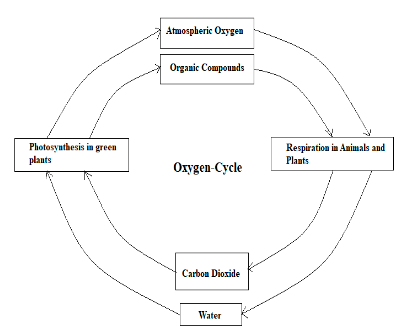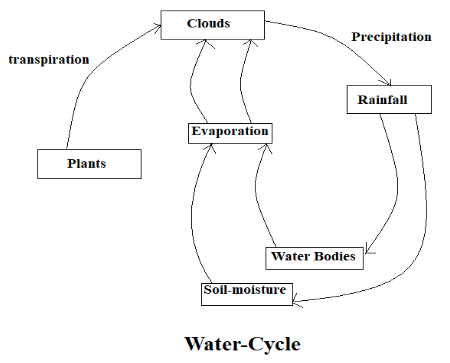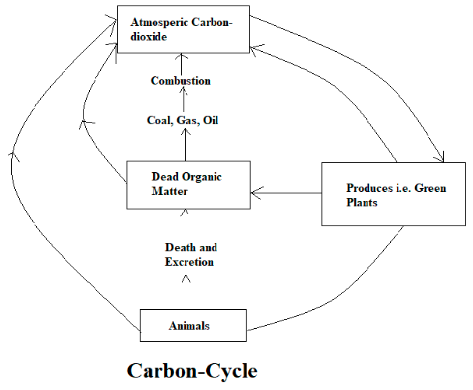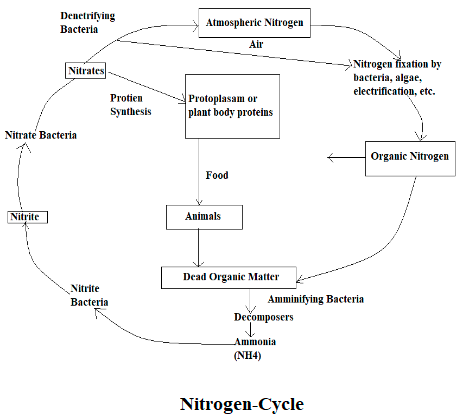Did you know that India is a country with diverse weather conditions? Rainfall is one of the most important aspects of Indian weather, and it can vary greatly from one region to the next. In this blog post, we will explore rainfall in India in detail. We will answer questions like which winds bring rainfall in India and which place in India receives the highest rainfall. So if you’re interested in learning more about Indian weather, keep reading!
Rainfall In India
The Indian subcontinent experiences two main types of rainfall- the southwest monsoon and the northeast monsoon. The southwest monsoon, which is also called the ‘long rains’, lasts from June to September and brings about 75% of India’s annual rainfall. The remaining 25% is brought by the northeast monsoon, which is also called the ‘short rains’ and lasts from October to December.
Southwest monsoon
The southwest monsoon is caused by the interaction between two air masses- the warm, moist air mass over the Indian Ocean and the cooler, dry air mass over Central Asia. This interaction results in a low-pressure area over the Indian subcontinent, which causes the winds to blow from the ocean towards the land.
Northeast monsoon
The northeast monsoon, on the other hand, is caused by the interaction between the cold air mass over Siberia and the warm air mass over the Bay of Bengal. This results in a high-pressure area over Siberia, which causes the winds to blow from the land towards the ocean.
Rainfall in India varies widely, depending on the region. The western coast, including places like Mumbai and Kerala, receives the highest amount of rainfall, while the eastern coast, including places like Kolkata and Odisha, receives relatively less rainfall. The northeastern states, including Assam and Meghalaya, are the wettest regions in the country, receiving more than 2000 mm of rainfall per year.
Rainfall Distribution In India
Rainfall in India shows a great deal of variation. Rainfall is more or less evenly distributed throughout the country, with some areas getting more rainfall than others. The average annual rainfall in India is about 115 inches (2900 mm), but it ranges from a low of about 50 inches (1270 mm) in the western Himalayan region to a high of about 160 inches (4000 mm) in the northeastern part of the country.
The Rainfall Distribution In India are as follows:
Heavy Precipitation regions: These are the regions that experience rainfall of more than 200 cm. These include Andaman and Nicobar Islands, Meghalaya, Arunachal Pradesh, Mizoram, Nagaland, Manipur, Tripura, Sikkim and Assam.
Very Heavy Precipitation regions: These are the regions that experience rainfall of more than 250 cm. These include Coastal Karnataka, Kerala, Tamil Nadu and Lakshadweep.
Extremely Heavy Precipitation regions: These are the regions that experience rainfall of more than 400 cm. These include West Bengal, Odisha, Assam, Meghalaya, Arunachal Pradesh
Desert and Semi-desert regions: These are the regions that experience rainfall of less than 50 cm. These include Rajasthan, Gujarat, parts of Haryana, Punjab and Jammu & Kashmir.
Coastal regions: These are the regions that experience rainfall of more than 100 cm. These include Andhra Pradesh, Karnataka, Kerala and Tamil Nadu.
Inland regions: These are the regions that experience rainfall of more than 150 cm. These include Maharashtra, Madhya Pradesh, Chhattisgarh and Jharkhand.
The Himalayan region: This is the region that experiences rainfall of more than 200 cm. This includes parts of Himachal Pradesh, Uttarakhand, Sikkim and Arunachal Pradesh.
Which winds bring rainfall in India?
In India, the Southwest Monsoon is the main source of rainfall. The monsoon season lasts from June to September. Rainfall during the monsoon season is vital for crops, as it provides the water needed for them to grow. The southwest monsoon is caused by a low-pressure area that forms over the Bay of Bengal.
Conclusion
India is a country that experiences all types of weather conditions. The rainfall in India varies from place to place and changes with the seasons. Monsoon rains are heaviest in the south, while the Himalayas receive heavy snowfall. This guide provides an overview of the different types of rainfall experienced in India throughout the year.

Water Cycle
Due to the heat of the sun water evaporates from lakes, seas, rivers, and other water bodies; this process is known as evaporation, water also evaporates from the plant’s leaves, which is known as transpiration. As the water rises from lakes, seas, rivers, and other water bodies in the atmosphere, it gets cool and condenses to form clouds as a continuous process of evaporation and condensation, gradually the clouds get heavy, and as a result, precipitation occurs in the form of rain. And this rainwater is stored in any of the following reservoirs such as the ocean, soils, glaciers, under the Earth’s surface as groundwater, lakes, snowfields, etc.

Carbon-Cycle
The carbon concentration in the atmosphere is about 0.03%. Circulation of carbon from the atmosphere to the biosphere, hydrosphere, lithosphere, and returns to the atmosphere is known as the carbon cycle. The carbon from the atmosphere enters into the plants through photosynthesis for synthesizing food particles, when the plants are consumed by terrestrial organisms, carbon dioxide enters them. When these terrestrial organisms die the carbon dioxide enters the soil. Carbon dioxide enters into the water as carbonates, which helps the aquatic plants to perform photosynthesis. CO2 returns to the atmosphere from fossil fuel, from respiration of animals, the release of smoke from vehicles, from the burning of wood. If CO2 increases in the atmosphere it disturbs the natural carbon cycle.

Nitrogen Cycle
The atmosphere is made up of 78% Nitrogen; we need nitrogen for DNA and proteins. Nitrogen that is available in the atmosphere cannot be directly consumed by plants, they can consume the nitrogen when it is fixed i.e. when combined with other elements like carbon, hydrogen, and oxygen. By the action of denitrifying bacteria, nitrogen is spontaneously entering into the air and through the action of electrification and lightning, nitrogen is entering into the soil.

Conclusion
It is to conclude that the biochemical cycle in an ecosystem is defined as the transformation and transport of chemicals in ecosystems. In wetlands, by unique hydrological conditions, biogeochemical cycles are strongly influenced. There are four main important biogeochemical cycles in the ecosystem are oxygen cycle, water cycle or hydrologic, carbon cycle, and nitrogen cycle
 Profile
Profile Settings
Settings Refer your friends
Refer your friends Sign out
Sign out




